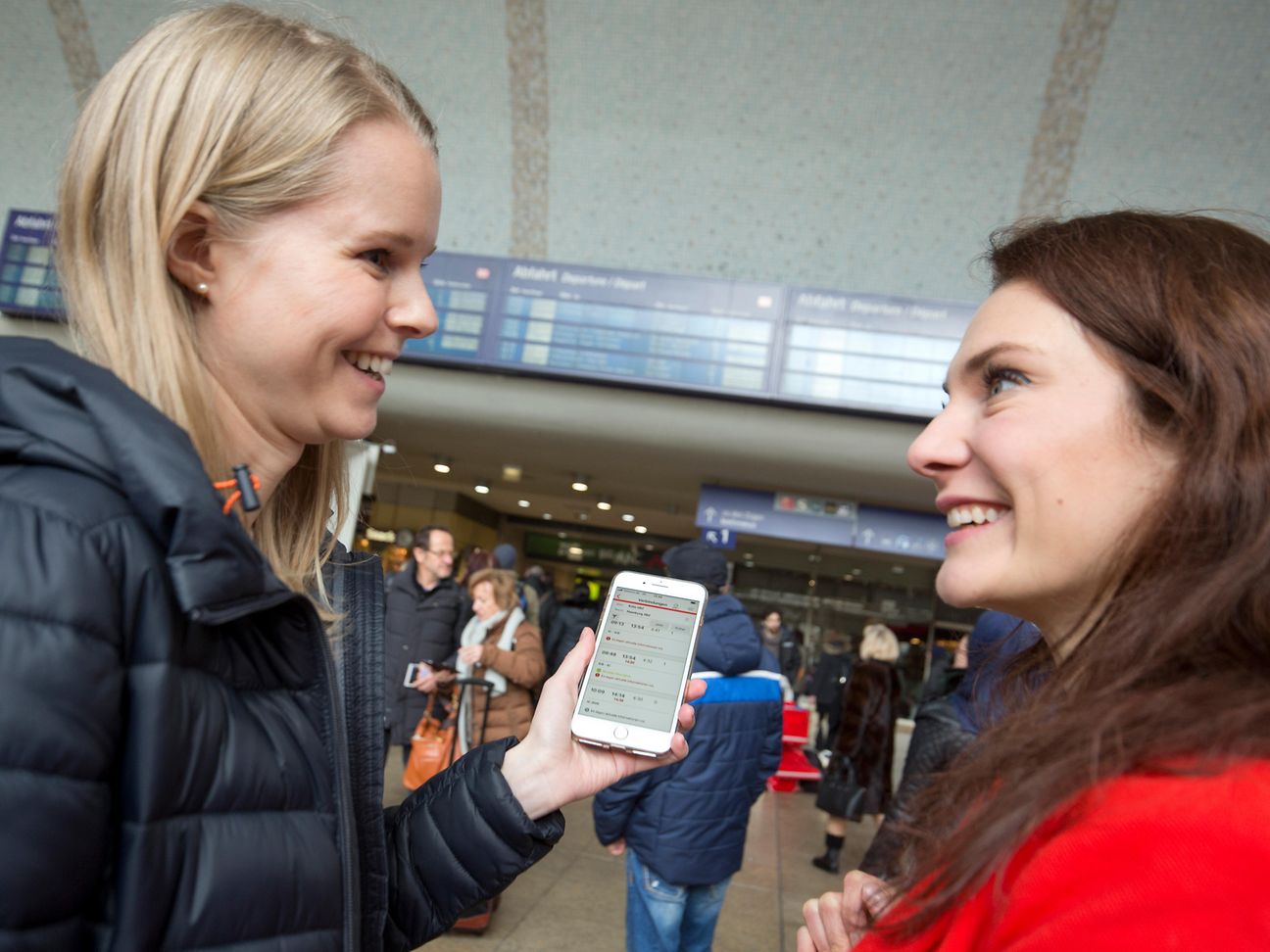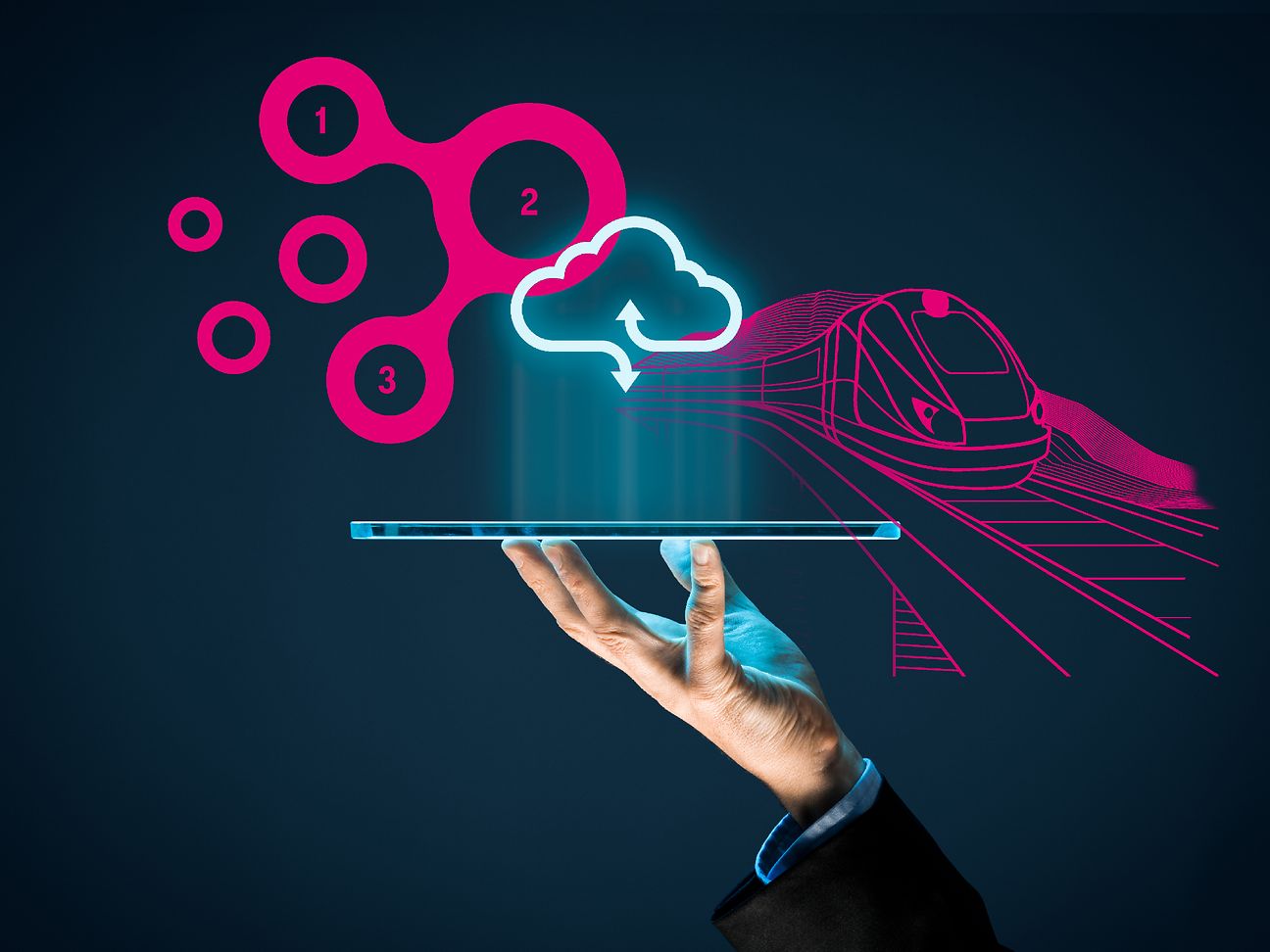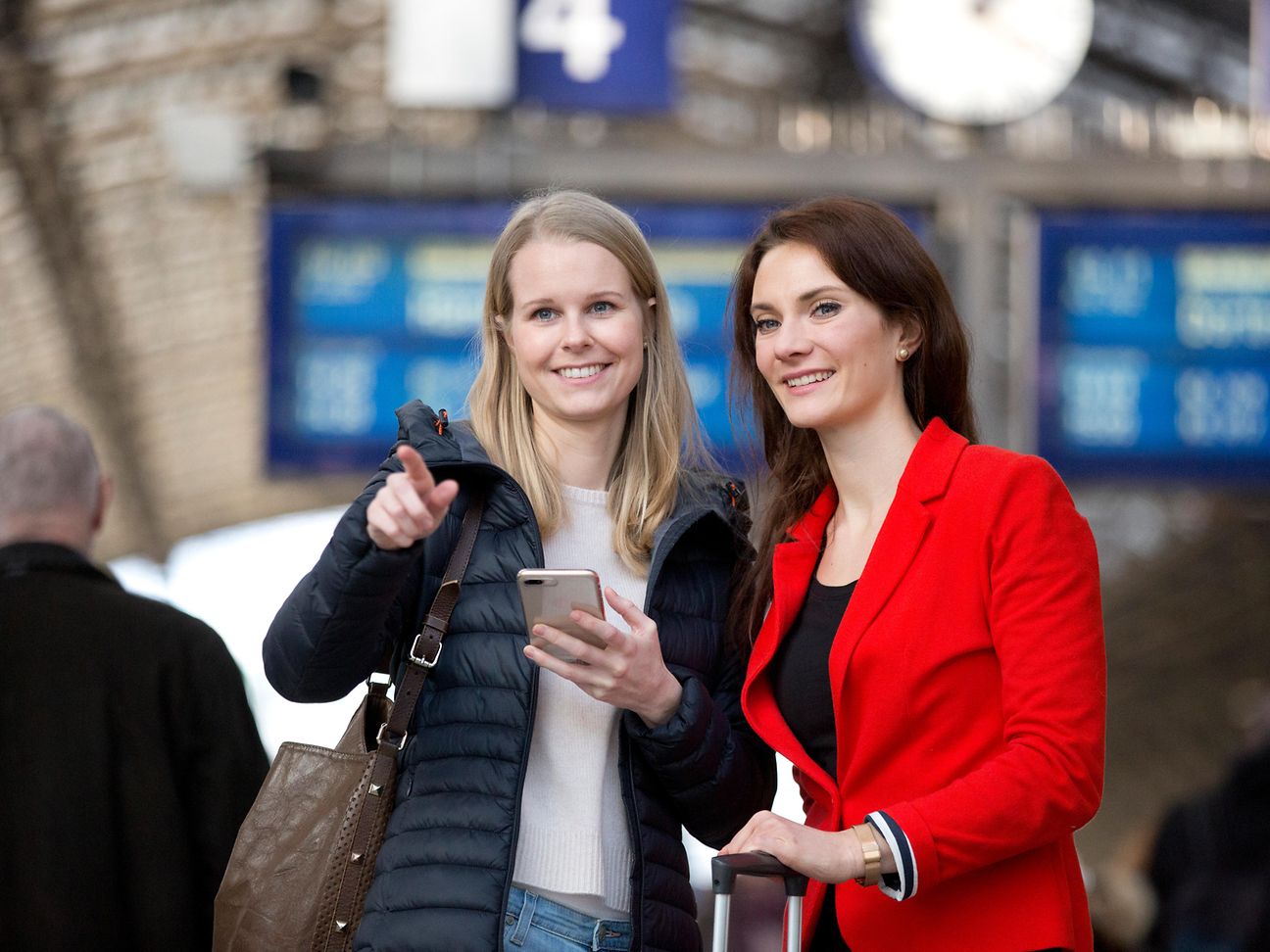

When AI helps you to be on time
... or how, despite short-term planning, I set off on a relaxed journey with the help of artificial intelligence.
Who expects to be invited to an Ed Sheeran concert on a Saturday morning? Shortly before breakfast the phone rings. A friend of mine has a ticket for the concert in Hamburg. If I wanted to join her, I would have to reach the train, which leaves at scheduled departure 09:46 a.m. That's going to be tight! If the train was a little late, I could make it. That’s where the DB Navigator can help - an app that gives information about possible delays. And … today the train is a little late - estimated departure 10:10. That could work out!
Forecasts are becoming more and more accurate
I travel regularly by train and sometimes have been annoyed when a train was late. Especially when I was informed about the delay on the platform with general information like "The train to Hamburg will be a few minutes late". With the DB Navigator, the predictions of delays become more and more accurate. For over a year now, it has been providing passengers with precise information on train arrival and departure times, possible delays and, if necessary, alternatives.
Artificial intelligence is used to improve the forecasts. The algorithm behind the DB Navigator is trained every night. With lots of data combined with an intelligent algorithm, a reliable forecast can be made. Today, forecasts for long-distance traffic, 30 minutes before the arrival of a train, are 87.5 percent correct.
The system improves every day
Deutsche Bahn operates up to 1,400 trains a day in its long-distance network. If there are delays at one point in the network, this is also has an impact on other parts of the network. There are many influencing factors – plannable ones such as construction sites or unpredictable factors such as the effects of heavy rain or thunderstorms. For its forecasts, the algorithm uses data based on the current state of the route. Every minute anew. This may not be so important for a direct connection. However, one minute can be decisive for transfer connections. Here it is important to have a good forecast at an early stage.
The more information available to the algorithm, the more accurate the forecast. In addition to information from their own network, weather data, information on major events or holiday periods can also be included. Or "historical information" - what delays have occurred on which routes in recent years? Is there a pattern? It is important always to learn from the data and see what improvements can be derived from it.
My personal learning from the trip to Hamburg is - the train was late, but somehow on time. I managed to buy a coffee in the meantime and didn’t need to hurry . Well, thanks to AI everything was ok - and to put a strain on the pun: I arrived at the platform relaxed and not completely ko.
Here you can find more information about my trip and the technology behind the app.





